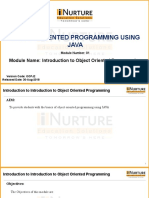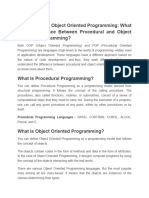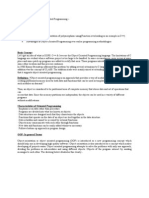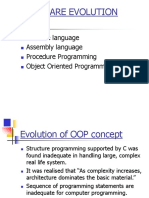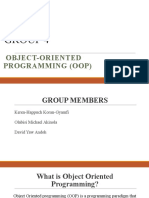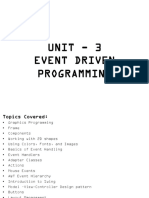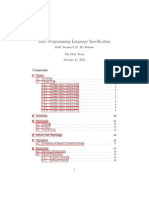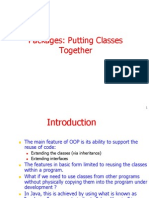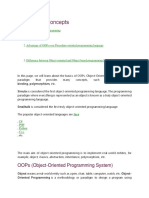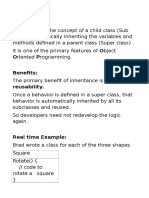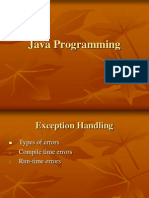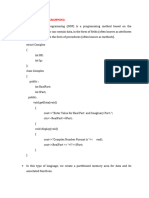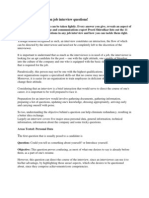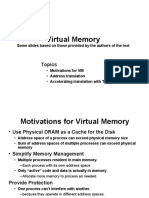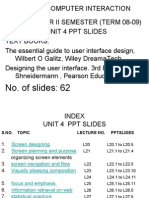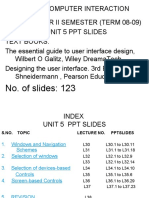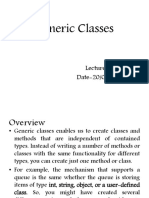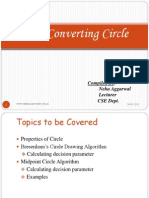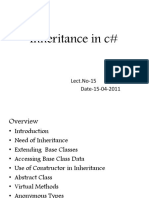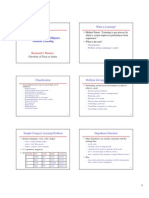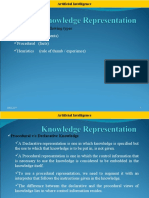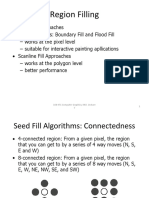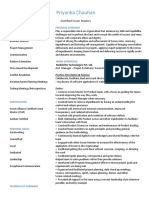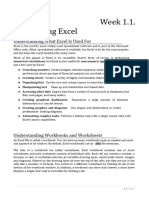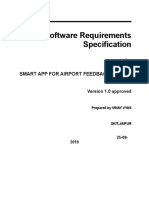0% found this document useful (0 votes)
982 views13 pagesConcepts of Object Oriented Programming
The document discusses object-oriented programming (OOP) concepts including abstraction, encapsulation, inheritance, polymorphism, objects, and classes. It notes that OOP focuses on data controlling access to code through objects, whereas procedural programming focuses on code acting on data. Key OOP concepts like abstraction, encapsulation, inheritance and polymorphism are explained. Objects are described as basic units comprising state, behavior and identity, while classes are templates for similar objects.
Uploaded by
AnikCopyright
© Attribution Non-Commercial (BY-NC)
We take content rights seriously. If you suspect this is your content, claim it here.
Available Formats
Download as PPT, PDF, TXT or read online on Scribd
0% found this document useful (0 votes)
982 views13 pagesConcepts of Object Oriented Programming
The document discusses object-oriented programming (OOP) concepts including abstraction, encapsulation, inheritance, polymorphism, objects, and classes. It notes that OOP focuses on data controlling access to code through objects, whereas procedural programming focuses on code acting on data. Key OOP concepts like abstraction, encapsulation, inheritance and polymorphism are explained. Objects are described as basic units comprising state, behavior and identity, while classes are templates for similar objects.
Uploaded by
AnikCopyright
© Attribution Non-Commercial (BY-NC)
We take content rights seriously. If you suspect this is your content, claim it here.
Available Formats
Download as PPT, PDF, TXT or read online on Scribd
/ 13

